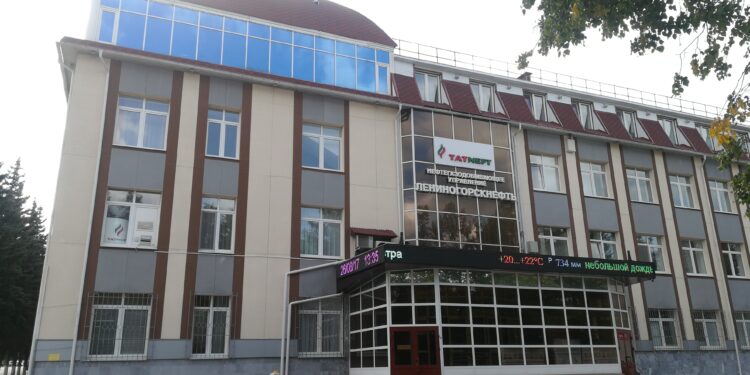Leninogorskneft Has Reduced the Cost of Pumping Water Into the Reservoir
Tatneft abandoned interwell pumping at the Zai-Karatai area of the Romashkinskoye field. At this facility, sewage was again pumped from the cluster pumping station (CPS). This allows you to significantly reduce costs, Neftyanye Vesti writes (Elena Fedorova).
Produced water comes under high pressure from underground aquifers. They are located under the oil and gas horizons. Such water has a high density (1.18 grams per cubic centimeter) and contains many salts and minerals.
Produced water is brought to the surface through water intake wells-donors. Through injection wells, it is pumped into oil-bearing formations to displace oil and maintain reservoir pressure (RPM). Sometimes decommissioned production wells, drilled to great depths and opening an aquifer, are transferred to donors.
Cross-well pumping (ICP) is considered one of the most effective methods for flooding oil reservoirs, especially when there is a lack of other sources of water supply. At the Zai-Karataiskaya area of NGDU Leninogorskneft, one of the SME systems initially justified itself. Formation water, due to its physical properties and high pressure, ensured the intensification of the inflow and the increase in oil production. But over time, the effect began to decline.
“In May 2021, we realized that the effect was over,” explained Daria Garigullina, Leading Specialist of the Field Development Department of the Romashkinskoye field of JV Tatneft-Dobycha. – The costs were higher than the increase in production. That is, we have not reached the planned increase in production.”
Therefore, Tatneft proposed to switch to pumping wastewater from the sewage pumping station. The amount of water increased while optimizing bottomhole pressures. In addition, water for injection into SME wells was released due to the reduction of non-productive injection at pumping stations.
Now, water is pumped into the production wells from a nearby sewage pumping station. Oil is extracted along with this water. The latter is separated, cleaned, prepared and returned to the cluster pumping station for subsequent injection. Thus, the costs of operating donor wells are excluded. No need to spend money on power supply for booster electric centrifugal installations; rent of ESP and pit installations.
In 2021, such a scheme was switched to in the area, which includes seven injection wells-acceptors. Specialists of the development department of the Romashkinskoye Yug field have identified 21 sites where it is possible to switch to pumping wastewater from the sewage pumping station. At the same time, it is important to take into account the need to compensate for the withdrawn volumes of fluid from the reservoirs by injection to prevent losses of reservoir energy.











